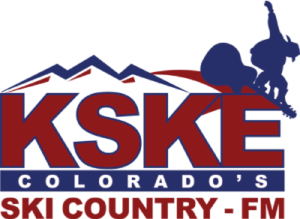The One Valley Health Care Program is a medical cost sharing model combined with a preventative care program. Medical cost sharing is an alternative to health insurance in which like-minded people come together and choose to share health care costs.
By definition, medical cost sharing is not health insurance. Instead of paying monthly premiums to an insurance company, members share a set amount on a monthly basis and are provided community funds as medical needs arise. As a result, there is every incentive to keep medical costs to a minimum.
Through this model, members can see health care savings up to 60 percent from the comparable costs (monthly premium, deductible and maximum-out-of-pocket) of employee-sponsored group health insurance.
Opportunities abound
“In layman’s terms, medical cost sharing plans provide members with the practical means to manage their maximum out-of-pocket expenses for a major medical expense at a fraction of the cost of a group high deductible insurance policy.”
Recommended Stories For You
The elimination of the individual mandate penalty to enforce the requirement to have health insurance with minimum essential coverage provides an opportunity for consumers to research alternative solutions for affordable health care. The recently launched One Valley Health Care Program brings a MEC preventative plan and cost sharing program to Eagle County individuals and businesses.
Today, there are almost 1 million members of medical cost sharing plans throughout the United States. Unlike health insurance, where premiums can vary widely within a state (as those in Eagle County well know), the monthly share for medical cost sharing plans is the same for all 50 states.
How does it work?
Cost sharing eliminates traditional insurance marketing expenses; the Affordable Care Act mandated that health insurance companies use a minimum of 60 percent of health insurance premiums for health care costs, or a maximum of 40 percent of health insurance premiums for marketing and administrative costs. Conversely, health sharing plans are, by definition, benevolent organizations structured for the benefit of their members: For example, Sedera Health deducts 9.9 percent for administrative costs.
When a member of a medical cost sharing group has a major medical emergency expense, the member pays the Initial Unshareable Amount that they selected ($500, $1,000, $1,500, etc.) to the provider with their credit card and requests an invoice for a cash payment for the balance. Simply Google “pay cash for medical bills.” You will find countless articles from numerous reputable publications on how providers discount their scheduled charges for cash payment. Cash payers pay less according to varied sources including HappyMD, Kiplinger, Consumer Reports and Wall Street Journal.
In layman’s terms, medical cost sharing plans provide members with the practical means to manage their maximum out-of-pocket expenses for a major medical expense at a fraction of the cost of a group high deductible insurance policy.
No Interference
Health care sharing is not insurance, where a premium is paid and the risk of major medical expenses is assumed by the insurance company. In health care sharing, the patient deals directly with the doctor or hospital (with assistance from the cost-sharing program sponsor) without the interference of an insurance company actuary.
A new model is necessary as health insurance costs in Eagle County and across the mountain region continue to escalate and create increased cost burdens on individuals and businesses. Our recent workforce study indicates the increased impact of health care costs is negatively impacting businesses, and many businesses do not offer medical benefits to employees. The One Valley Health Care Program helps change that dynamic — giving businesses and individuals access to a model that is gaining popularity across the country.
Learn more about our local model at onevalleyhealthcareprogram.com.
Chris Romer is president and CEO of Vail Valley Partnership, the regional chamber of commerce. Learn more at VailValleyPartnership.com.

